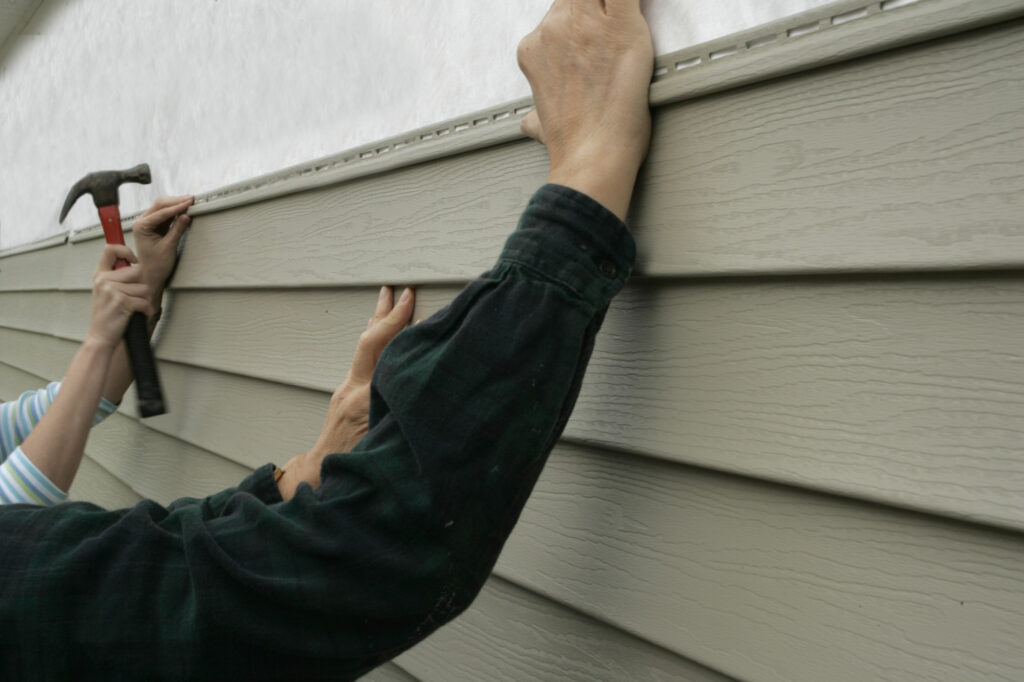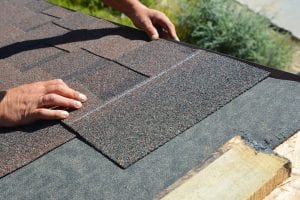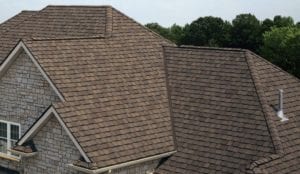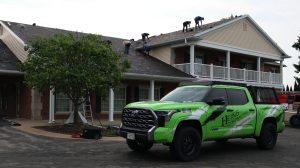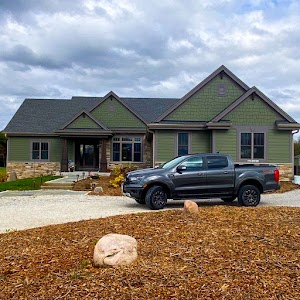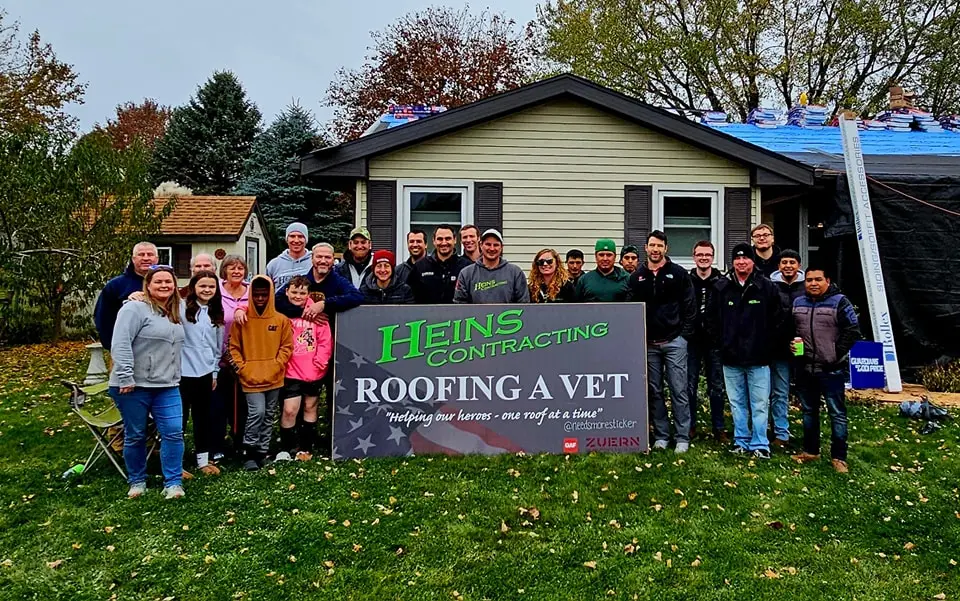Congratulations! You’re officially a homeowner. New homeowners usually take on a few projects at the beginning to make their house feel like home. Siding is an excellent way to update your home.
Think about it, your home’s exterior protects you and your family from the whims of nature so it must be strong. At the same time, we want our homes to look warm and inviting.
If you’re looking to improve the exterior of your home, siding can be a great option. There are many different types and colors to choose from.
This article will explore 7 tips when choosing siding for new homeowners.
1. Look at All Your Options
Homeowners have so many options for siding. Each siding option has it’s own pros and cons. Let’s take a look at a few of the popular options available.
Wood Siding
Traditional wood siding comes in a variety of styles. Some common types of wood siding are board, batten, cupboards, shakes, and shingles. Wood siding gives your home a warm, natural appearance.
There are many types of premium wood your contractor can choose from. Two popular choices are pine and cedar.
Cedar siding includes white cedar, red cedar, and Alaskan yellow cedar. Each of these resembles the color in its name. While pine can be very affordable, it doesn’t resist rot and bugs the same way cedar can. Pine is also prone to warping and cracking.
Whichever type of wood you choose make sure it has a protective finish. Paint or a stain provides extra protection from weather and UV damage. If you like the look of natural wood you can get a clear finish.
Some cities also require homes with wood siding to be treated with fire-retardant chemicals. Ask your contractor if this is required in your area.
LP Smart Siding
Most people love the look and feel of wood but not the price tag and maintenance. LP Smart siding may be the answer. There are options when it comes to LP smart siding.
The standard is clapboard siding which comes in various widths. To accent walls LP Smart siding can come in shakes and board and batten.
The siding comes with a 50 year warranty and we install the pre-finished siding which has a 15 year paint warranty.
Vinyl Siding
It’s hard to beat vinyl siding. It’s tough, long-lasting, affordable, and easy to install. There are a variety of colors and designs to choose from. Some vinyl siding has a wood grain look to it.
Because the color is part of the material you don’t have to worry about scratches. It can be installed on newly built homes or homes with existing siding.
Fiber Cement
Fiber cement, also known as Hardie board, is a composite material made from cement and cellulose fibers that are compressed. It comes in a variety of designs including clapboards, panels, battens, exterior trim, and boards.
This is a great option for coastal homes because it holds up well against moisture and rot. It’s also pest resistant and non-combustible. Fiber cement is a long-lasting option that requires little in the way of maintenance.
2. Think About Maintenance
Most siding requires a bit of maintenance but overall it was made to hold up against the elements and time. If you don’t have much of a siding replacement budget choose vinyl siding. Vinyl siding was designed to set it and forget it.
Every once in a while you will need to have it pressure washed to remove dirt and grime and small insects from between the boards but other than that it is relatively maintenance-free.
Wood siding needs to be retreated every 4 to 6 years. If you live in an area where it snows you may have to treat wood siding more often. While you at it go ahead and pressure wash your wood siding before you treat it to make sure you remove all the dirt that has built up.
If you choose stone veneer make a regular habit of inspecting your stone once or twice a year. Look for damaged stone or damaged grout.
Don’t be alarmed if you find a spot that needs to be fixed. This can easily be done by your contractor. Your stone will be looking good as new in no time.
Your fiber cement siding will also benefit from a good pressure washing treatment. It can also be touched up and repainted after time to keep it looking good as new.
3. Choosing a Color
There are so many different siding colors it can be complicated to choose the right one for your new home. Take a look at your home’s existing colors and choose a color that will blend well with the pre-existing colors unless you are doing a complete exterior remodel.
If your home has brick or stone features choose a complementary color for the siding. You want you home to stand out but you don’t want it to be the odd home on the block. Take a look at your neighbor’s home colors. If they are using a specific color scheme throughout your neighborhood, choose something that will fit in.
Your contractor can also suggest popular colors for your area to help you decide.
4. Get a Second Opinion
Sometimes you just need a second set of eyes to look at the project. Your contractor should be able to give you his professional opinion on what siding materials, styles, and colors look best for your home. Don’t be afraid to ask!
Bring your family or friends over to look at samples. If someone you know has recently added siding to their home, ask their advice. A fresh set of eyes (or two, or three) never hurt.
At the end of the day, it is your home and you need to be happy with what you choose but it is a good idea to ask for other people’s input. It can help you feel more confident in your final decision knowing that your friends and family agree.
5. Think About Durability
Siding selection is an important once-in-a-lifetime decision. It adds durability and increases your overall home value. Before you make as selection think about the elements you home is exposed to.
Do you live in an area with snow, hurricanes, or wildfires? This information will play an important role in which siding you select and how durable you need it to be. Most home sidings are resistant to rain, wind, and sun but ask your contractor about additional exposures your home may face.
6. Choosing Siding That’s Affordable
You just bought a home. It’s important to have a budget and financial plan for your siding. Doing your homework upfront can alleviate some of the surprises you may encounter. Talk to a few potential contractors and ask them for an estimate on your home siding.
Make sure their estimates and ideas are aligned with your budget. It may be worthwhile to invest a little more upfront to reduce issues and maintenance further down the road.
As you choose your siding keep in mind the maintenance and durability. These two factors could be the key to reduce future costs related to your home’s siding.
You can get started by researching the manufacturers of each type of home siding you and interested and talking to contractors in your area.
7. Choosing a Great Contractor
After you have researched local contractors in your area it is time to dig deeper and make a selection. Ask for the full name and address of your contractor’s company. This will weed out any illegitimate companies and also allow for better customer service and response times.
Ask the contractors about their license and insurance. This will protect you in case there is any damage that is done to your home while they are working on your siding.
Keep in mind, not all states require licensing so check with your state’s guidelines.
Ask them how long they have been in business and if you can speak to former clients. There may even be a workmanship warranty on the work that they provide.
Adding Siding is a Common Home Update
As a new homeowner, you want to protect the value of your home and keep it beautiful for years to come. Choosing siding can help you do both.
At Heins Contracting our goal is to transform your home with quality siding. Every home is treated like it our own. Contact us today for a free estimate.

